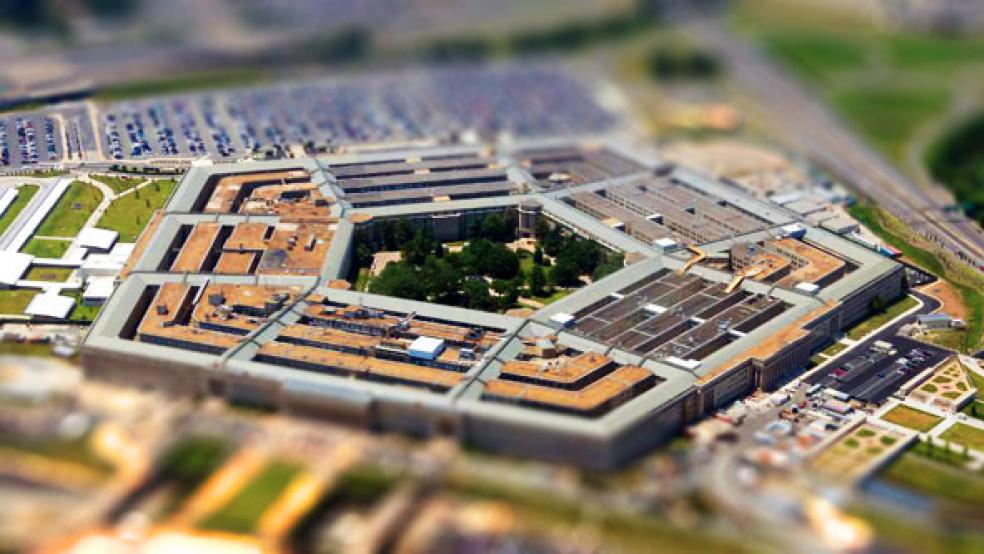The Obama administration has been trying to downsize the Defense Department’s civilian workforce in recent years to match reductions in the military services – but they’ve hit a blockade.
While active-duty military personnel has been cut by roughly 8 percent during the past five years, the Pentagon’s civilian workforce has actually grown by about 7 percent, according to a recent analysis by MacKenzie Eaglen, a defense specialist for the America Enterprise Institute.
Related: Obama Proposes a 000.5% Cut in Pentagon’s 800,000 Civilian Workforce
Even the plan outlined in President Obama’s 2016 budget blue print earlier this year calling for eliminating roughly 4,000 civilian employees in the Department of Defense would barely put a dent in a civilian workforce that now totals nearly 800,000 men and women.
Apparently one of the administration’s biggest challenges is simply getting the heads of the military services to respond to orders.
Back in 2013, then-Secretary of Defense Chuck Hagel issued a memorandum instructing the Army, Navy, Air Force and Marines to reduce their headquarters spending by 20 percent. Follow-up guidelines written by Ashton Carter, then the deputy secretary of Defense and now the top dog, told the components to strive for a 20 percent reduction in civilian staff as part of those savings.
Last week, an irate Senate Armed Services Committee Chair John McCain (R-AZ) complained that the Air Force was not firing enough civilians at its headquarters – and instead was playing a “shell game” with the Pentagon, according to Defense One.
Pink Slips Became Transfer Order
Air Force Secretary Deborah Lee James made the mistake of boasting at a recent Senate hearing that the Air Force had achieved the 20 percent staffing cuts sooner than it expected. Yet rather than actually reducing the overall workforce in headquarters, targeted personnel were merely reassigned to comparable-paying positions elsewhere in the service.
Related: Obama Would Violate Budget Control Act with $34B More for Defense
“The 20-percent headquarters reductions were meant to make Defense Department operations more efficient while saving money for American taxpayers,” McCain wrote to James. “But the conduct of the Air Force in response to this guidance seems to have produced no actual staff reductions and yielded no actual savings.”
“In reality, the Air Force pursued a shell game that simply moved money to fund the same positions elsewhere in the service,’ McCain added.
An Air Force spokesperson told Defense One that the shifting around of personnel had always been part of the reduction strategy and that “subordinate headquarters” are essential to the consolidation process. Moreover, the Air Force said it had never planned to force anyone out, but to use incentives to get individuals to voluntarily leave.
Related: How to Build a $400 Billion F-35 That Doesn’t Fly
“The Air Force will respond to Senator McCain’s concerns as quickly as possible and looks forward to explaining its efforts in striving to meet the 20 percent management headquarters reduction,” the spokesperson said. She insisted that the Air Force has provided congressional notifications of its plans throughout the process.
Top Reads from The Fiscal Times:





